Mid-winter is about the time most gardeners start getting "spring itch". For nonsufferers, it should be noted this is not a dermatological condition requiring an office visit, nor is it likely to be contagious. It's simply a longing to be back in the garden knowing full well that any activity pursued in the soil is physically impossible for at least a couple of months. There are therapies that can be employed right now to ameliorate the symptoms.
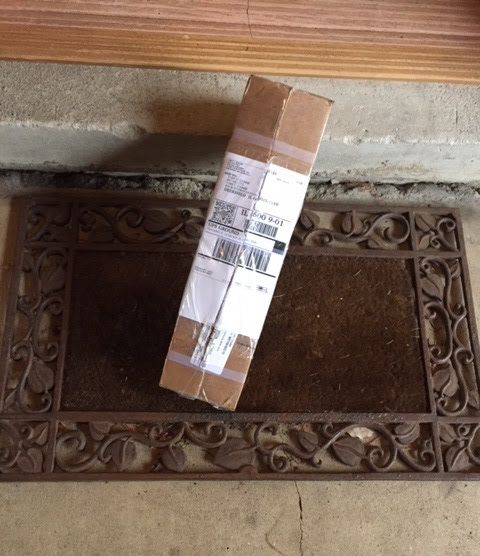 |
| Always a treat -- the first special plants of spring at the doorstep |
1. Catalog therapy - Allow yourself to get lost in the beautiful catalogs arriving daily. Make lists of what you must have. Check with local garden centers before you buy online. In addition to all the good stuff that happens from "buying local", plants are not a sweater or a pair of shoes. I prefer selecting my own actively growing rose, perennial, whatever, rather than accepting something the shipping department (no offense to the fine folks in shipping departments) pulled. I reserve my online plant purchases to: exclusives, very new or very rare specialties that I can't get from my favorite garden center- Chalet. Still, when I come home at night in spring and there's a box of plants waiting to be opened that's better than Christmas, for sure!
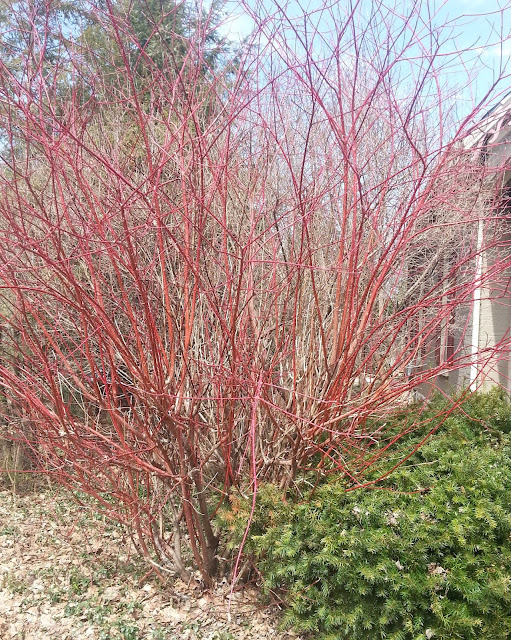 |
| Consider renewal pruning on overgrown oldies |
2. "To do" list therapy - Now is a great time to objectively look at your garden and think about how you can make it even better. What needs: dormant pruning, transplanting, removal, adding to (as in small groupings that need beefing up), cutting back or deadheading (perennials), to be bought, refining bed outlines and sizes (that always means enlarging, by the way), mulch added or removed, acidifying, thinning, fertilizing. You'll have a great sense of accomplishment and purpose facing spring with list in hand.
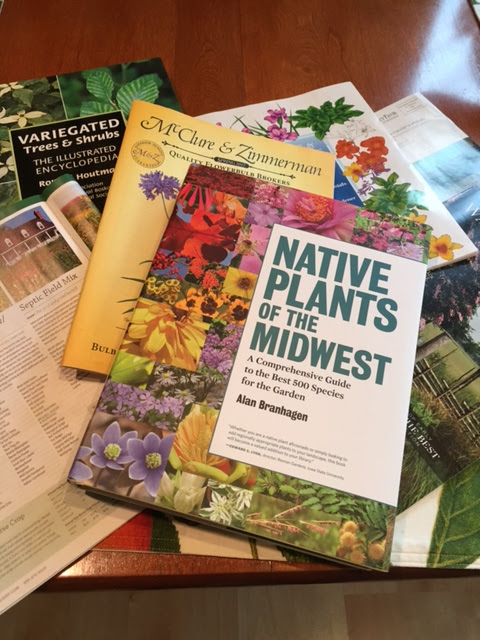 |
| While the garden is asleep you can enjoy learning and dreaming |
3. Reading therapy - Get out your garden books. Buy great garden magazines like Fine Gardening and absorb. It will ease the urge, just by inspiration, I promise.4. Landscape "assessment test" therapy - This refers to garden design goals rather than the tasks just described in #2. While annual and perennial color are great, at least 6 months of the year that visual impact is dramatically reduced in the Midwest. What is your family's view of your landscape now - from inside the house? We have a tendency to prioritize views from the street, pulling into the garage, sitting on the patio, etc.
- I took the "test" of a long border that runs the full length of my property. Since I clear cut all my perennials in the fall that bed was b-l-e-a-k November through April. And in snow, boring. Peppering dwarf conifers throughout that bed the last few years has made that winter view much more enjoyable.
 |
| Start early and beat the May crowds - good design takes time |
- Now is the time to think about landscape projects requiring professional design.Check now (that's right, winter) with your favorite garden center or landscape firm. Let them help you assess your project. The installation of landscapes is necessarily a seasonally driven pursuit. People are often surprised when they call or come in mid-May to learn that the design and installation can't be accomplished within a few days. A good design is first and foremost an artistic, creative process that requires time. The installation component is equal parts hard physical work and artistry, too. Be one of the prepared people when spring breaks.
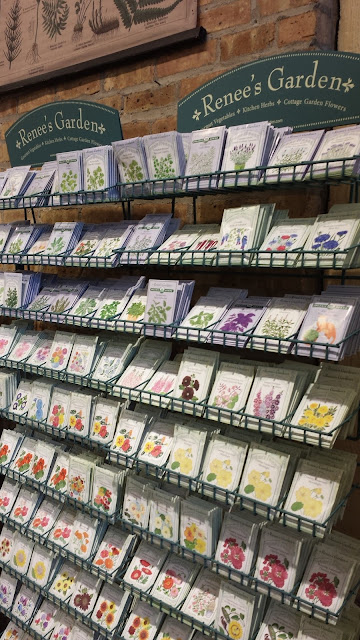 |
| The seed racks beckon with colorful choices |
5. Seed shopping therapy - Check out the garden center's seed racks and buy what you're going to need. Whether you're going to start them indoors or sow directly in the garden, this is an important garden activity.
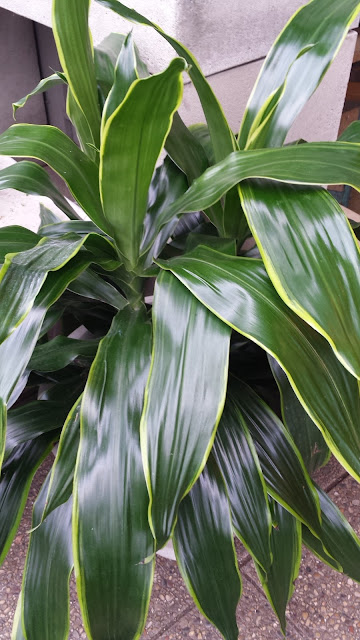 |
| Indoor plant care can help keep your thumb green |
6. Houseplant therapy - As day length and light intensity increase again houseplants are going to start stirring from the doldrums of winter hibernation. As you start seeing new growth you can think about feeding, repotting, moving plants around and adding new varieties to your collection. Houseplant care is gardening, too.Garden itch subsiding yet?







